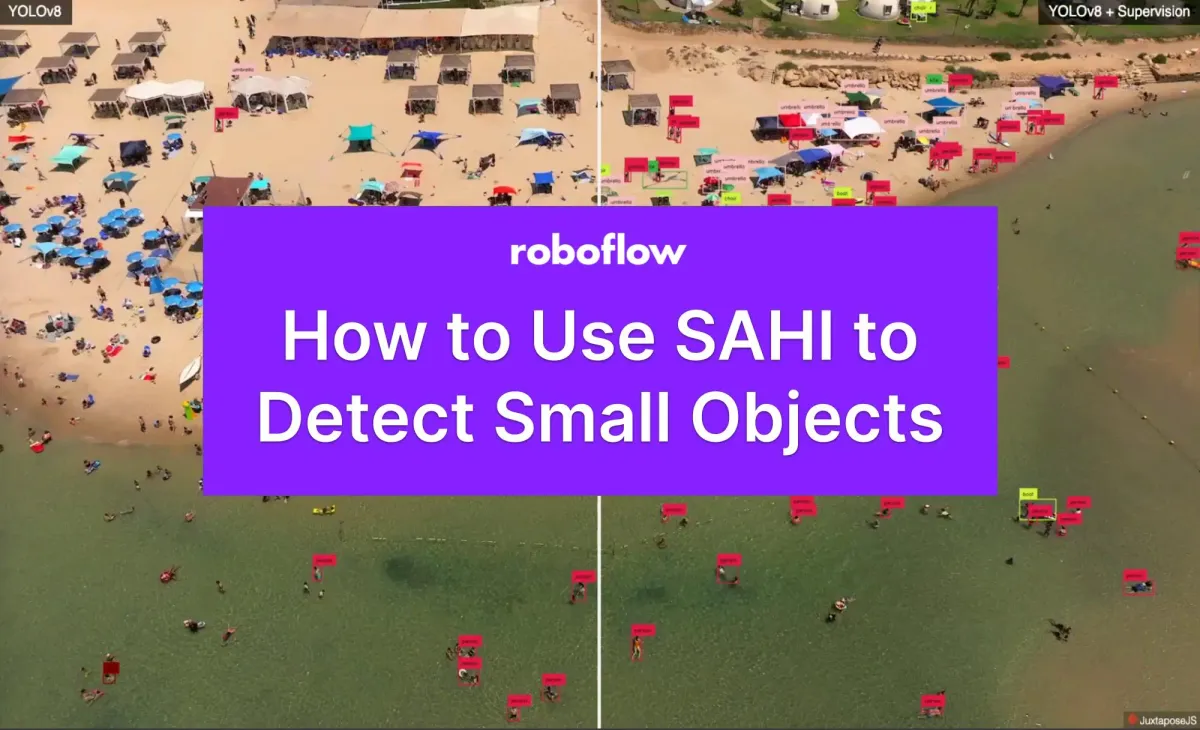tigerwillow1
Known around here
I didn't do a formal 2x2 or 3x3 segmentation, but tried some crops of undetected animals. It helped a little bit. Not even close to a solution. I'm posting some examples run through ipcam-general, ipcam-animal, ipcam-combined, and ipcam-dark.. The full-frame pictures are thumbnails. This is post 1 of 2.
1. The distant cat at night:
Original full frame: no hits.
Original full frame with increased contrast, no hits.
Original frame cropped: no hits.
Cropped image with increased contrast: ipcam-dark dog 87%.




Coyote #1 at night:
Original full frame: no hits.
Cropped image: ipcam-combined person 51%.


Coyote #2 at night:
Original full frame: no hits.
Cropped image: no hits.


Coyote in daylight. A winner with the cropped image.
Original full frame: no hits.
Cropped image: ipcam-animal cat 46%, ipcam-combined dog 73%, ipcam-dark dog 90%.


1. The distant cat at night:
Original full frame: no hits.
Original full frame with increased contrast, no hits.
Original frame cropped: no hits.
Cropped image with increased contrast: ipcam-dark dog 87%.




Coyote #1 at night:
Original full frame: no hits.
Cropped image: ipcam-combined person 51%.


Coyote #2 at night:
Original full frame: no hits.
Cropped image: no hits.


Coyote in daylight. A winner with the cropped image.
Original full frame: no hits.
Cropped image: ipcam-animal cat 46%, ipcam-combined dog 73%, ipcam-dark dog 90%.













